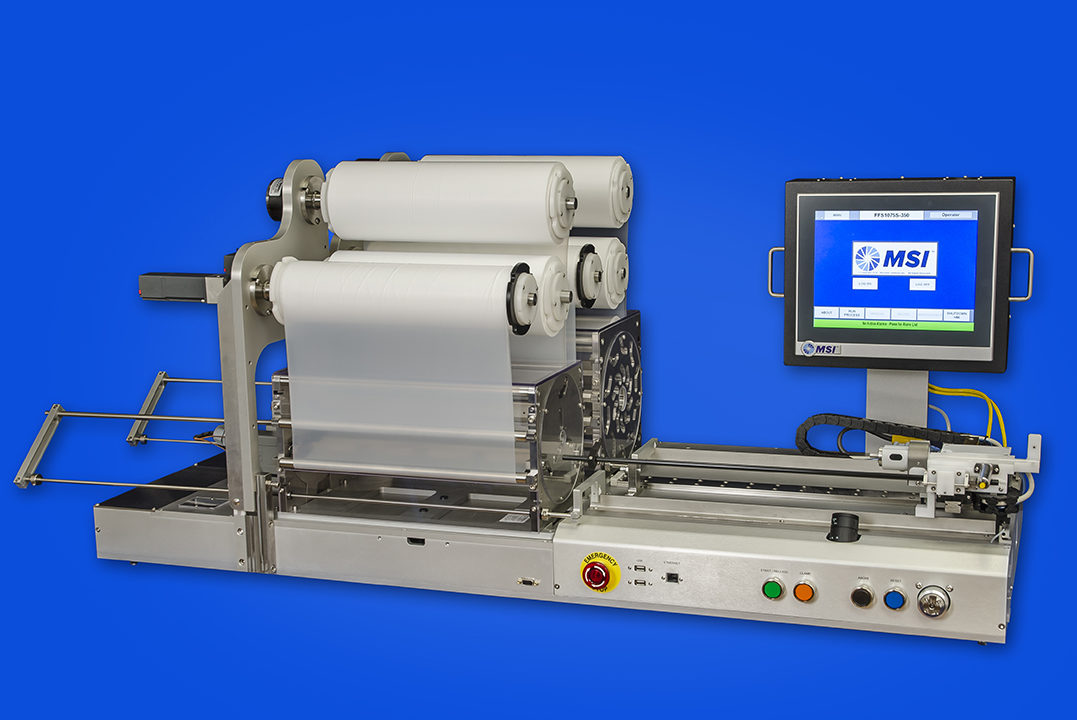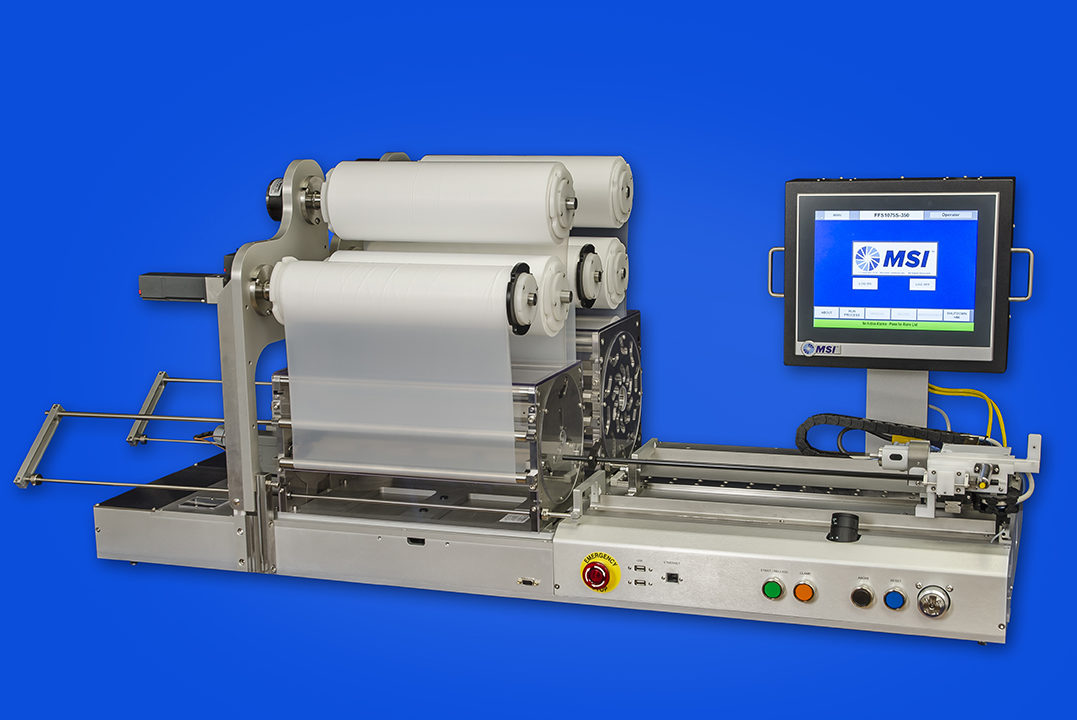Machine Solutions provides equipment and comprehensive testing services that comply with ISO 10555 standards and FDA guidance document recommendations. Our innovative catheter and stent testing devices are designed to provide accurate, reproducible quantitative data, providing our customers with real-world results so they can develop world-class devices.
Our experienced team can evaluate the performance characteristics of balloon catheters, guidewires, guide catheters, endoscopes, stents and other interventional devices using good laboratory practices and client-approved study plans and protocols.
Hydraulic bursts and leaks
Machine Solutions offers a sophisticated system for destructive and non-destructive hydraulic (distilled water) pressure testing of angioplasty balloons and other medical devices. Crescent Design HBLTs can be used in a wide range of applications including valves and luer fittings, pressure switches, liquid filters, plastic tubing, IV bags and more.
Test methods include:
fail suddenly
Balloon Fatigue Test
Compliance Measurement
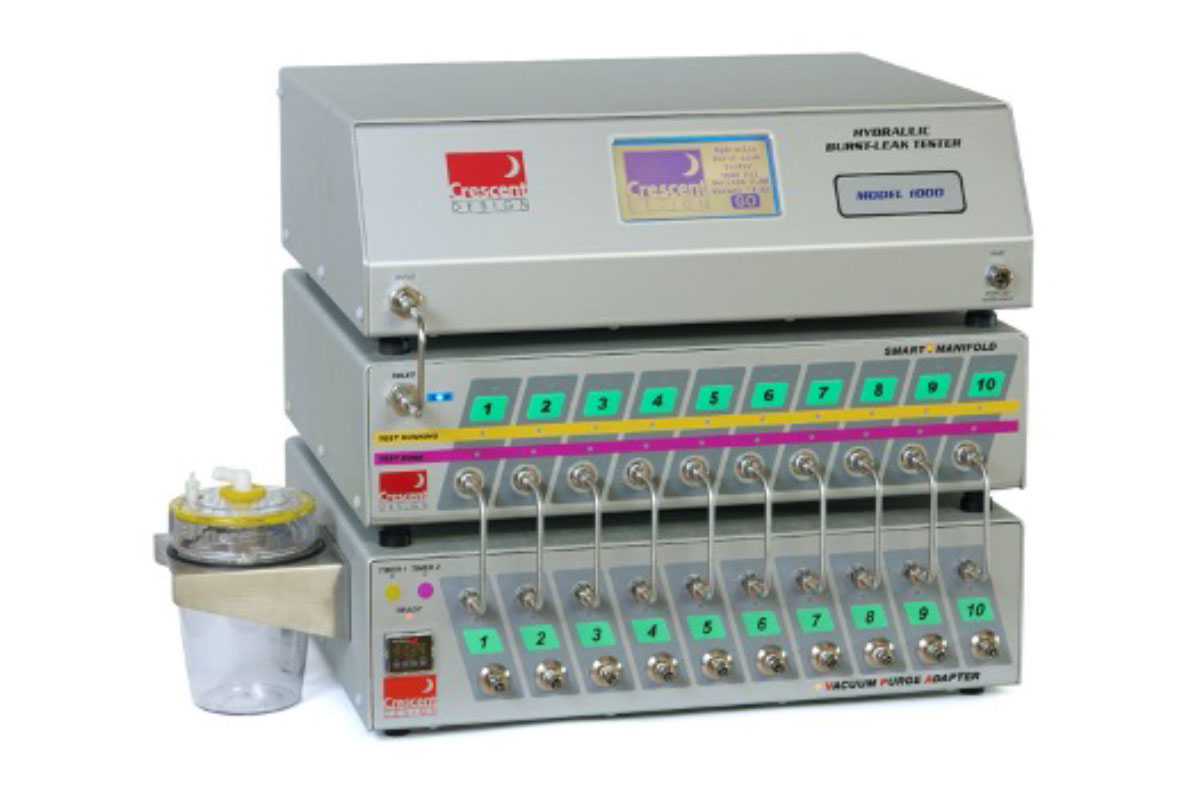
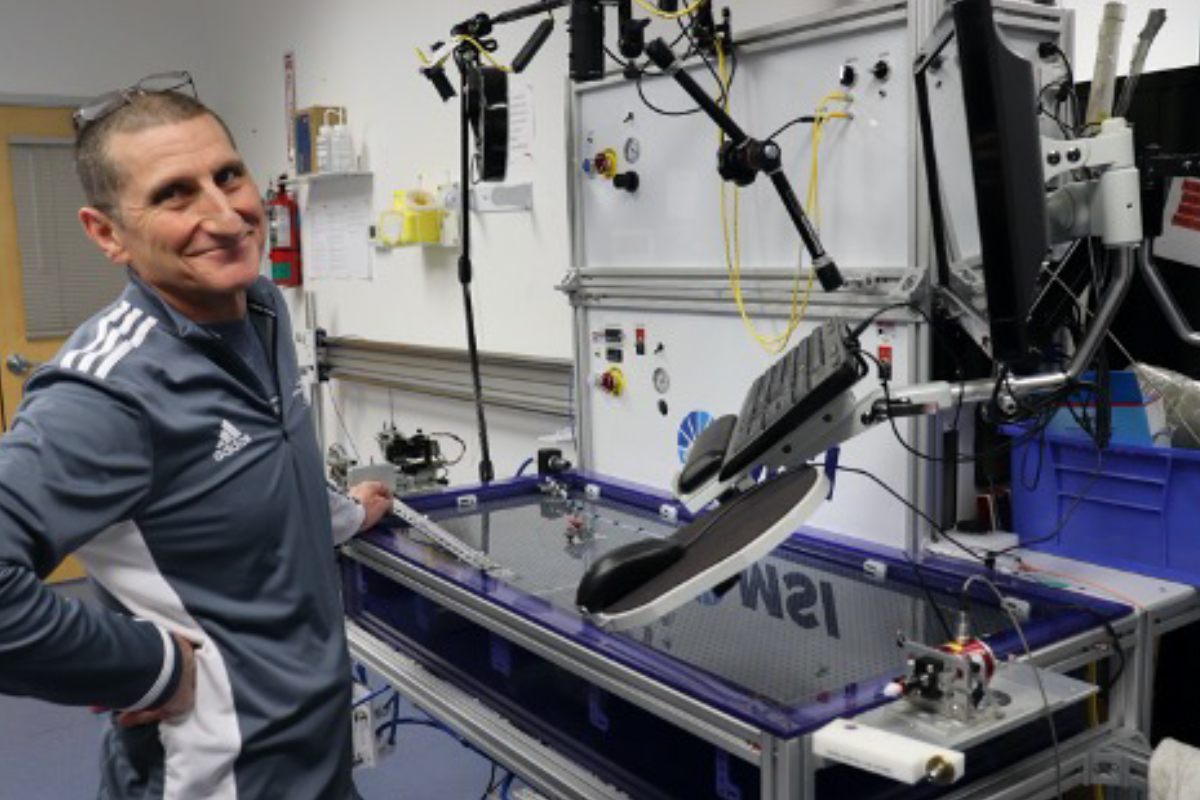
Equipment Testing Service
Machine Solutions provides comprehensive testing services for catheters based on FDA guidance document recommendations and ISO standards. ISO 10555 outlines general requirements for testing sterile intravascular catheters.
Our experienced team can perform standard test methods to evaluate the performance of catheters, balloon catheters or accessory devices (guide wires, guide catheters, endoscopes, stents, etc.).
The MSI Labs testing team offers contract testing or in-house/virtual testing workshops and we work with you to develop an agreement and study plan and run the product on any available device.
Hydraulic blasting and leak testing
Crescent Design's Hydraulic Burst Leak Testers (HBLTs) have become the global standard for pressure testing catheters, balloons, fittings, valves, luer fittings and many other disposable medical devices. The HBLT has a touch screen interface that allows the operator to program and save up to 40 different custom tests. Additional features include built-in networking, test import/export with other HBLTs, optional pressure display unit and a full-loss distilled water system that eliminates dissolved mineral deposits within the hydraulic system for increased reliability.
Wet or keep dry?
Some applications require hydraulic pressure, while others are more suitable for air pressure. Learn more about the differences between wet or dry blasting and leak testing.
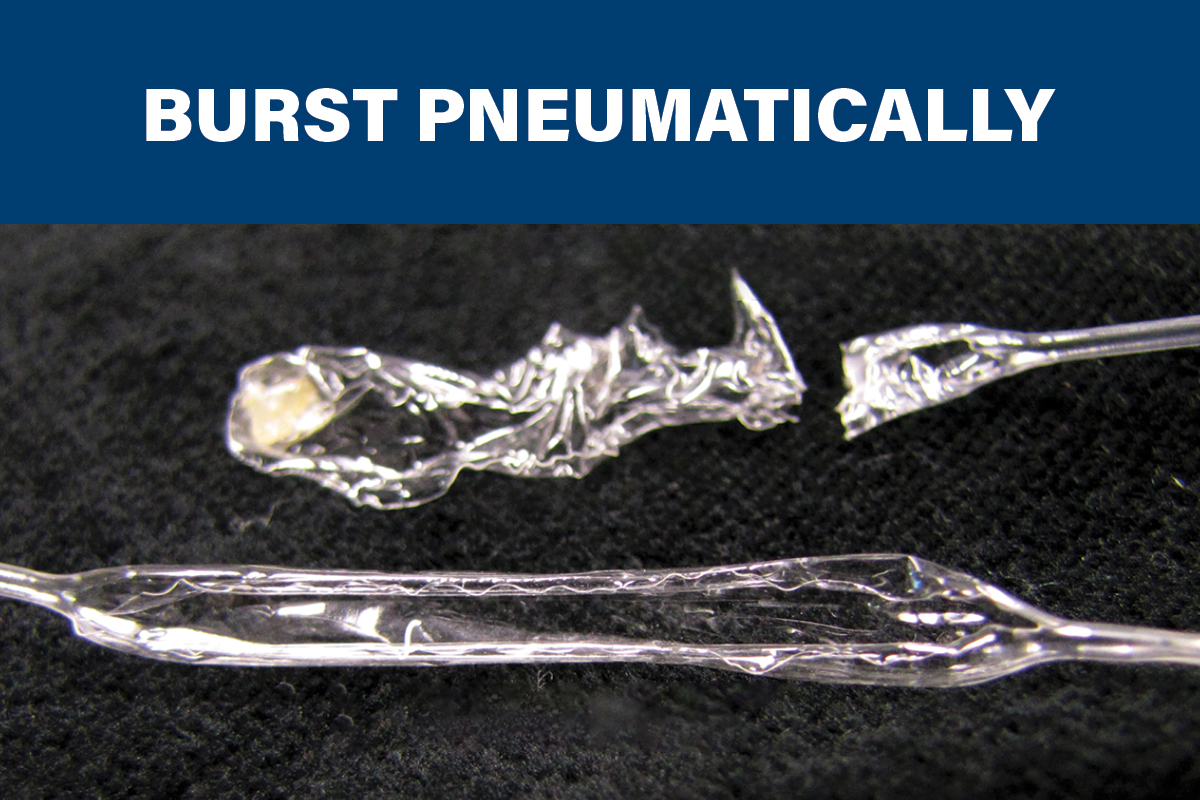
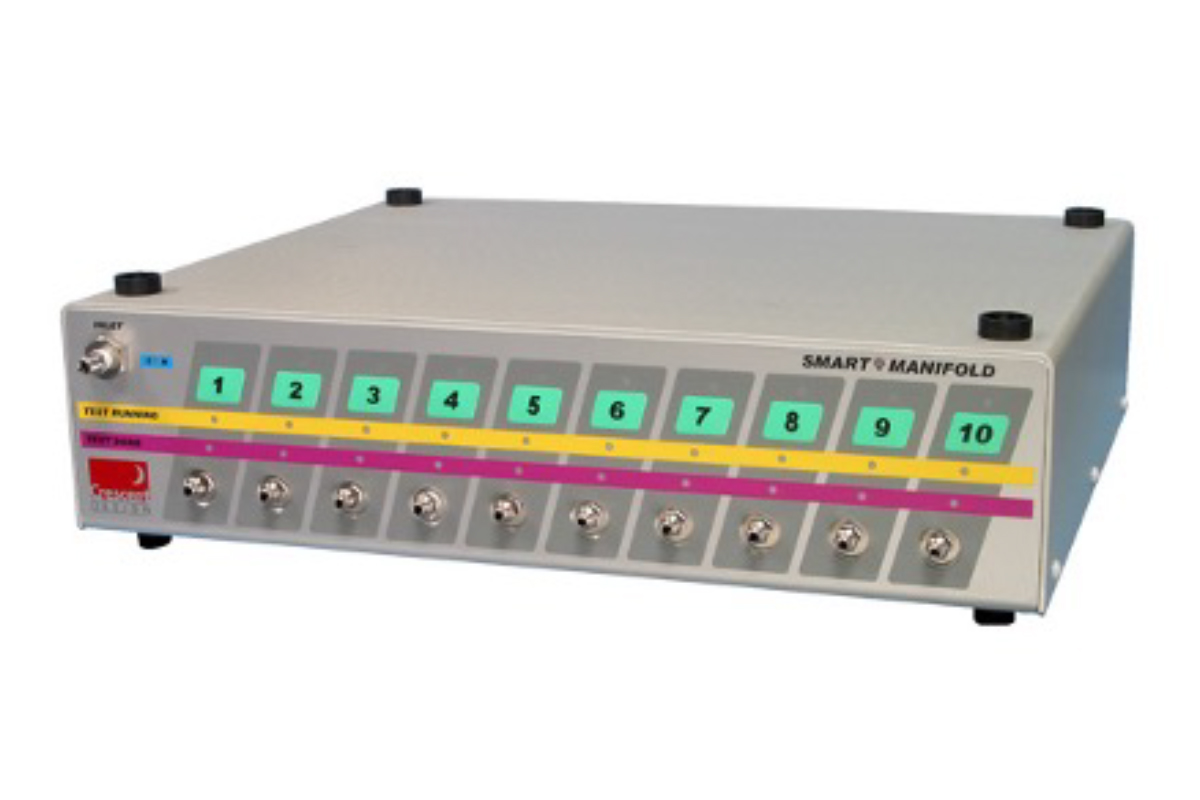
Test up to 10 products at once with the Smart Manifold
The more you can automate, the more you can save, and that's what our smart manifolds can help you do.
Connect the Smart Manifold to our Hydraulic Burst Leak Tester (HBLT) and you can perform unattended testing of one to ten parts simultaneously. The Smart Manifold offers a choice of three basic test modes, allowing you to pressurize all selected ports simultaneously, each selected port individually, or only one port at a time.
Balloon compliance measurement
The Crescent Design HBLT can be upgraded to perform compliance testing, including contact and non-contact diameter measurement methods.
There are a number of different water baths available for compliance testing of products when immersed in temperature-controlled water. The Conformance Test Fixture (CTF) uses a standard low force Mitutoyo Digimatic gauge for contact diameter measurements. Crescent Design's Positioning Controller can be integrated with the Keyence LS7070 Optical Micrometer for diameter measurements at multiple locations during testing.
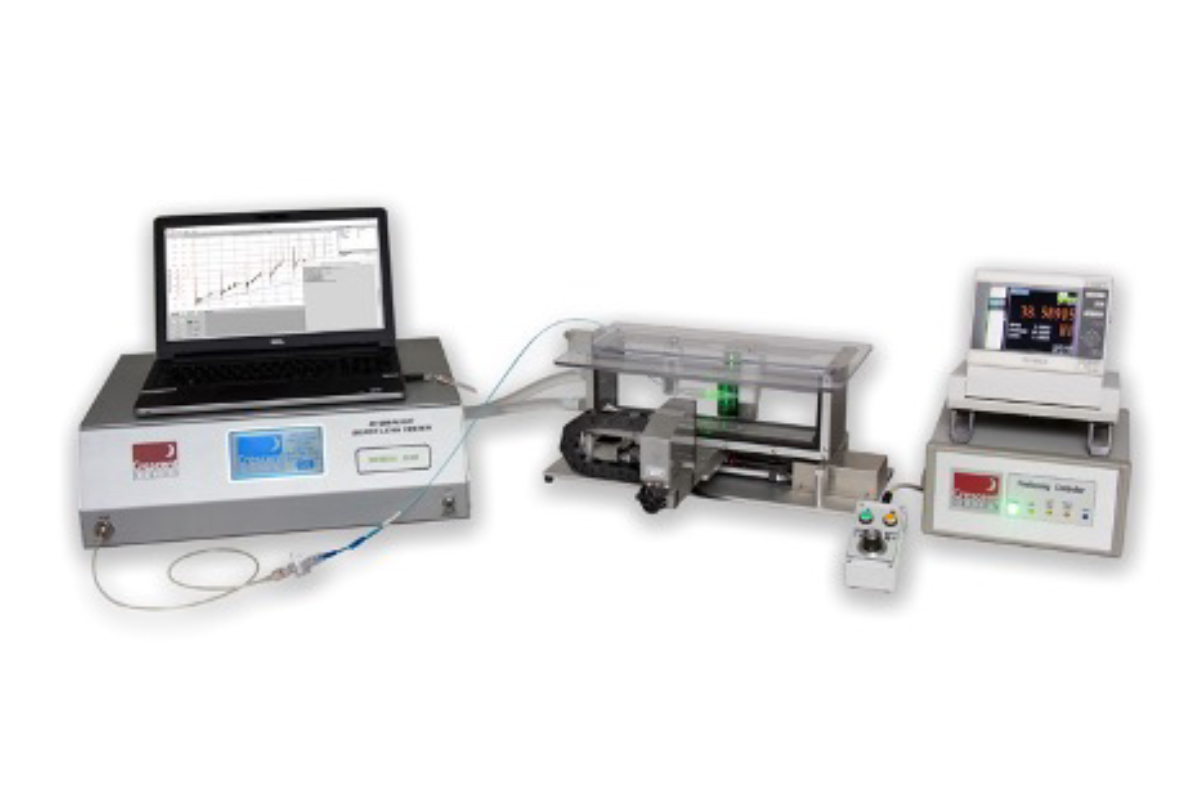
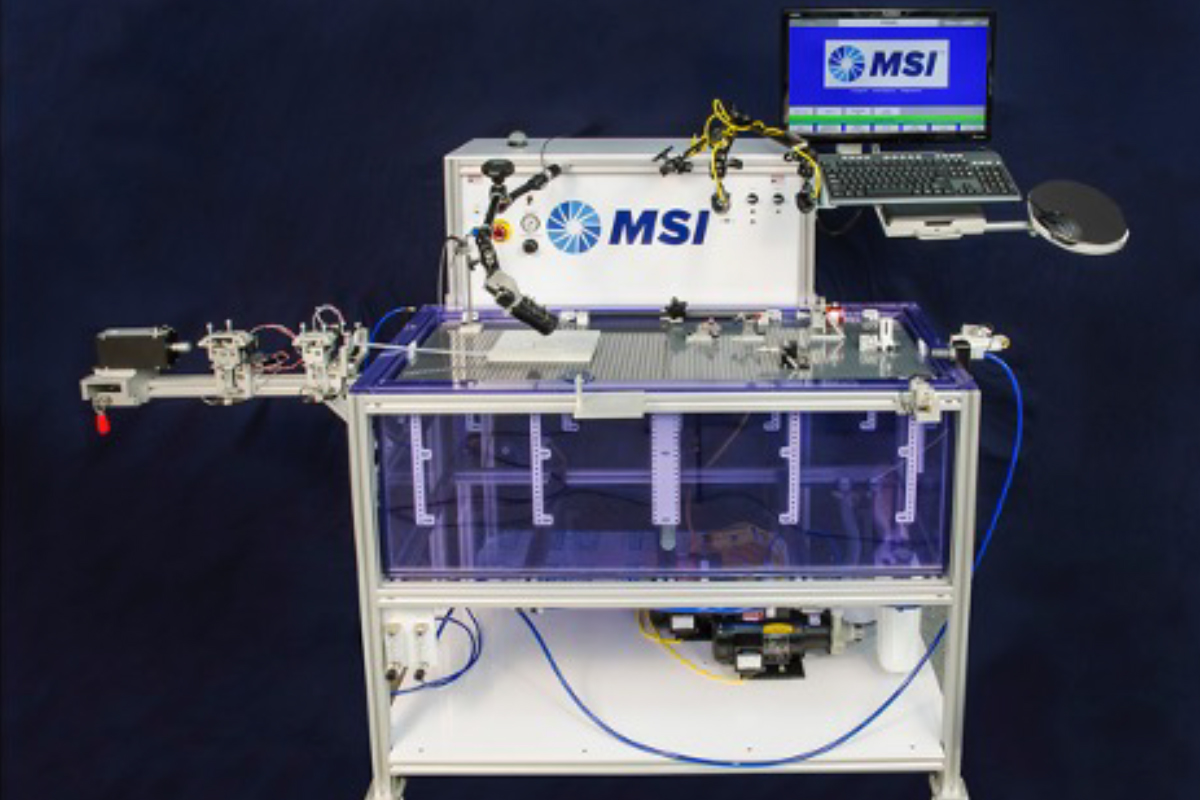
Conduit performance testing
Machine Solutions' IDTE devices are used to accurately and repeatably measure the force of guidewires, catheters, guide catheters, and other interventional devices in a simulated test environment. For traceability testing, load cells on the roller system measure the force to advance and retract the product through a simulated model. Standard tests include track, push efficiency, insertion force, and more. The system can be equipped with a torque test module to measure torque efficiency or rotational response in a linear path or in a simulated configuration.
Conduit Torque Test
Catheter torque capability or torque efficiency describes a measure of rotational feedback at the distal end of the device while rotation is applied at the proximal end. Designed to meet the requirements of ISO 10555, ISO 25539, ASTM F2394, and FDA guidance documents for catheters or guidewires, MSI's simulated use test equipment uses torque transducers to measure torque efficiency or rotational response in linear paths or simulated configurations.
Standard test methods include:
Torque Strength
Rotation response
Torque to failure
Rotational bond strength
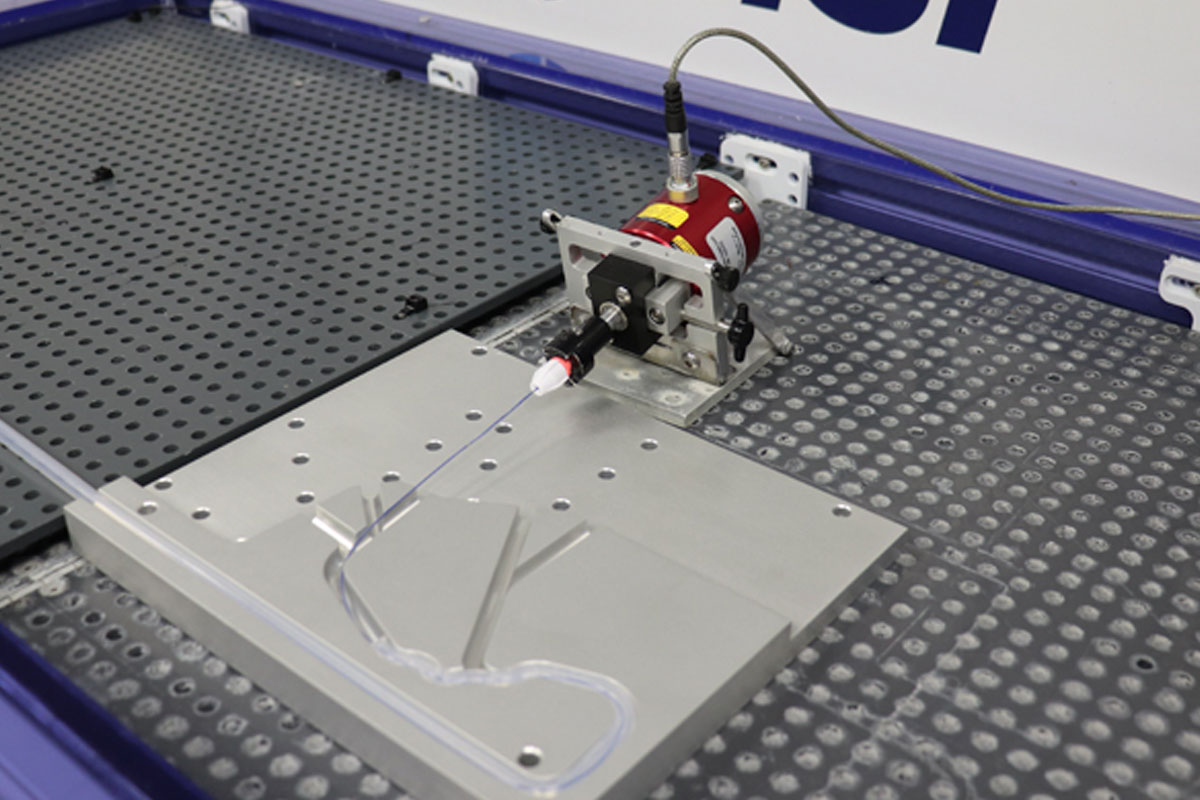
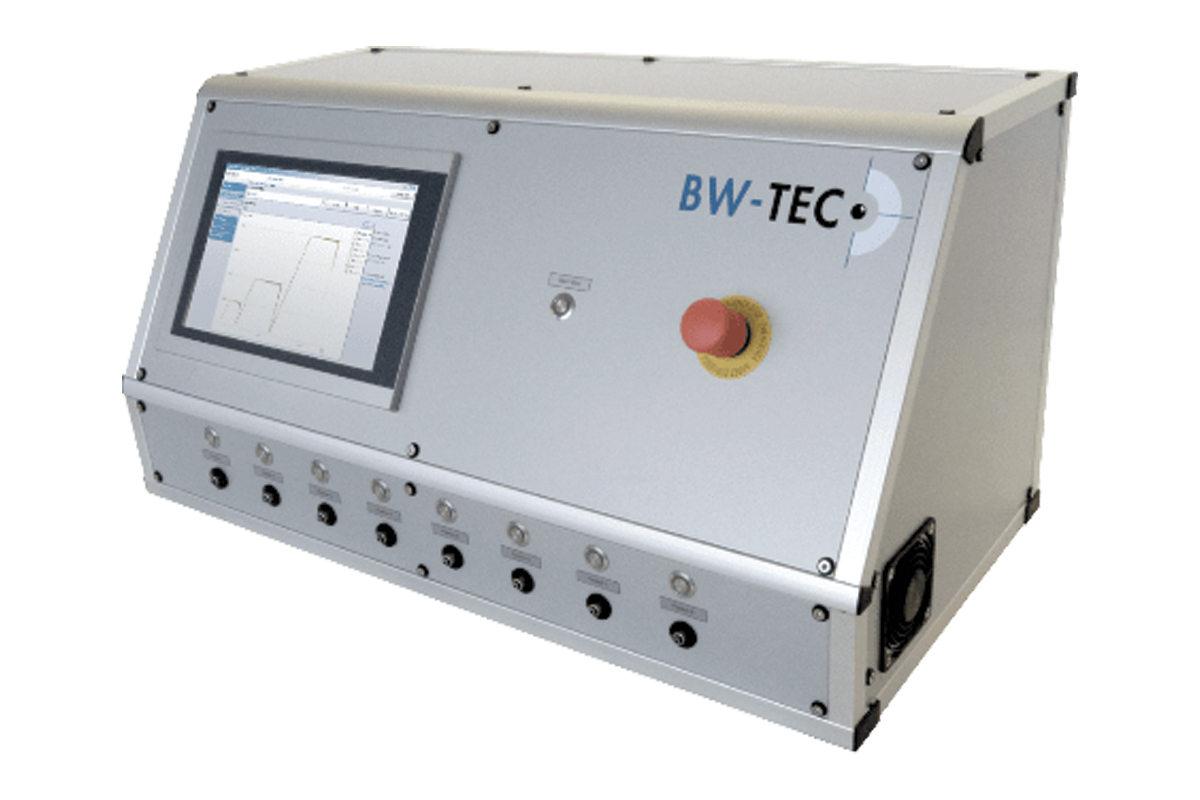
8 up Pneumatic Leak Detector
Pneumatic leak detection equipment provides non-destructive testing for inspection of production lines. Up to 8 products can be tested simultaneously to a specific pressure or vacuum for a specified time.
Radial force test
MSI's Radial Force Test measures and records device properties including radial stiffness and strength, chronic outward forces during expansion, and radial reaction forces during compression. Using high-precision sensors such as encoders, linear actuators and precision roller bearings, our catheter testing equipment can display force output in various units such as hoop force, radial force or pressure. Each of our radial force testing machines offers many advantages, such as:
High-speed data acquisition system
Improved motion control
Quick Setup
Repeatable and Reproducible Data
Improved diameter accuracy and resolution

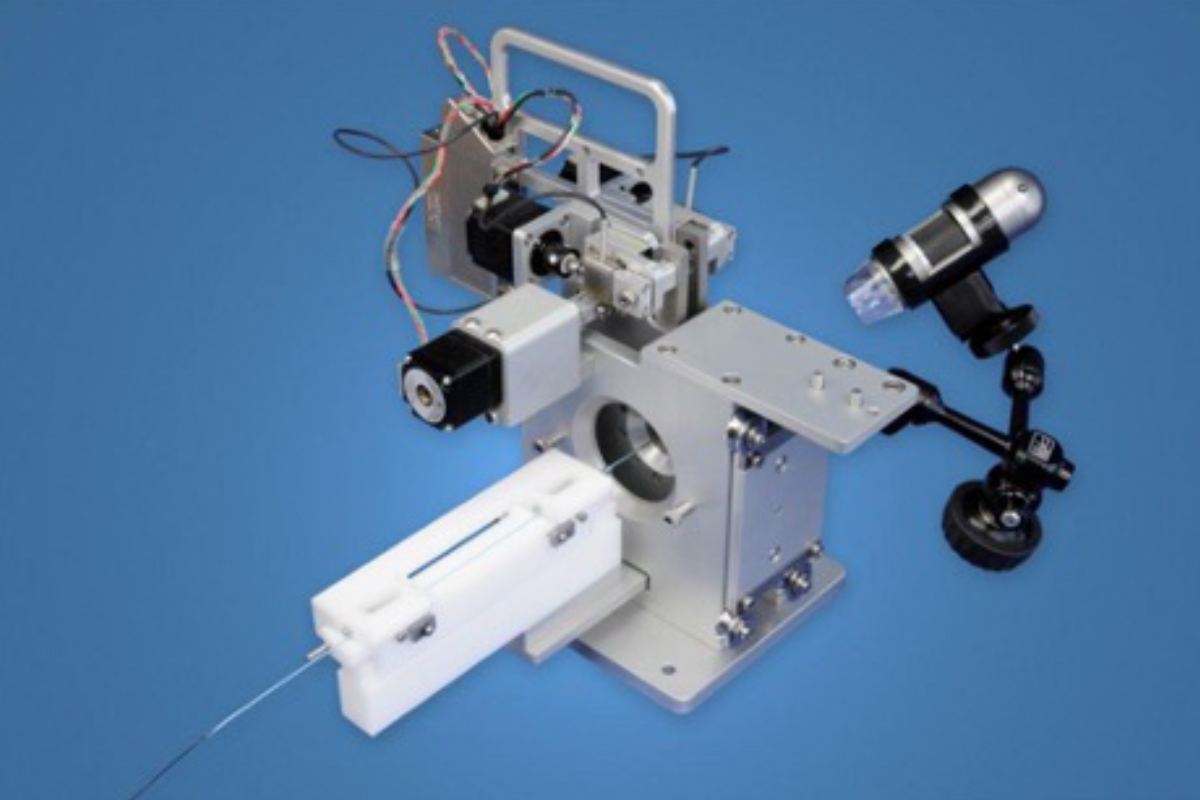
Bracket Fixing Test
Compared to the tape and spacer method, Machine Solution's Bracket Fixation Test Equipment has been shown to produce the most reproducible results. Our self-calibrating system limits operator usage so test results are not compromised, reducing the number of samples required to obtain statistically significant results. The device can be used for regulatory submissions, competitive product testing, R&D equipment evaluation, and online manufacturing quality assurance. Our bracket testers provide direct feedback on how adjustments to crimp parameters affect bracket fixation results, allowing R&D engineers to quickly optimize crimp process settings.






